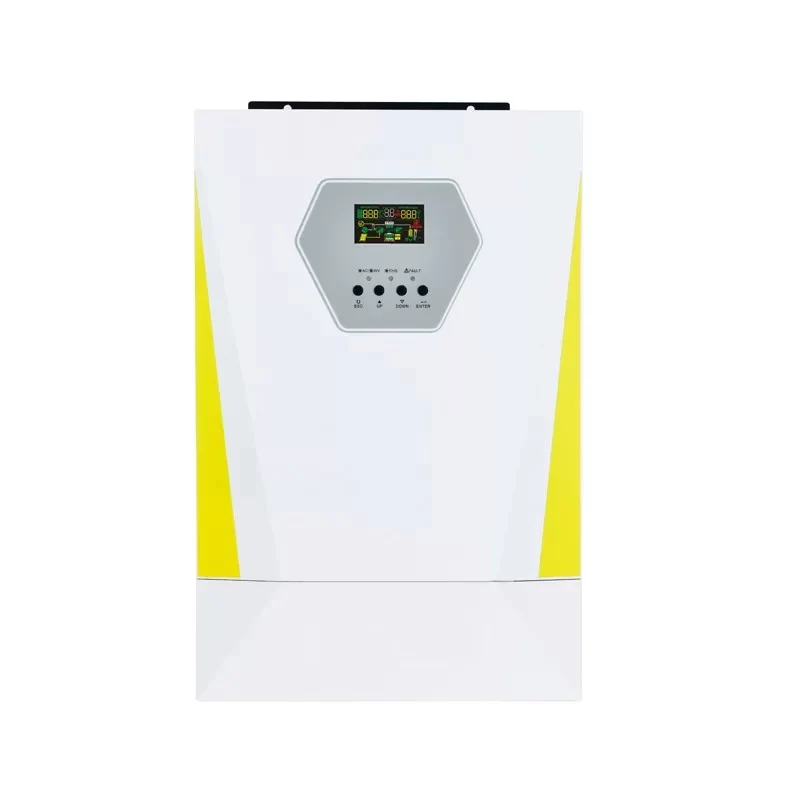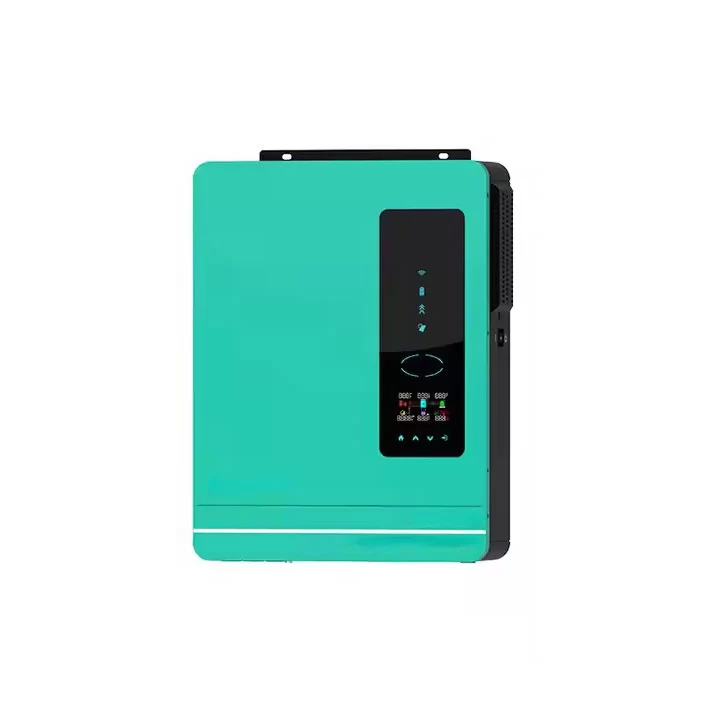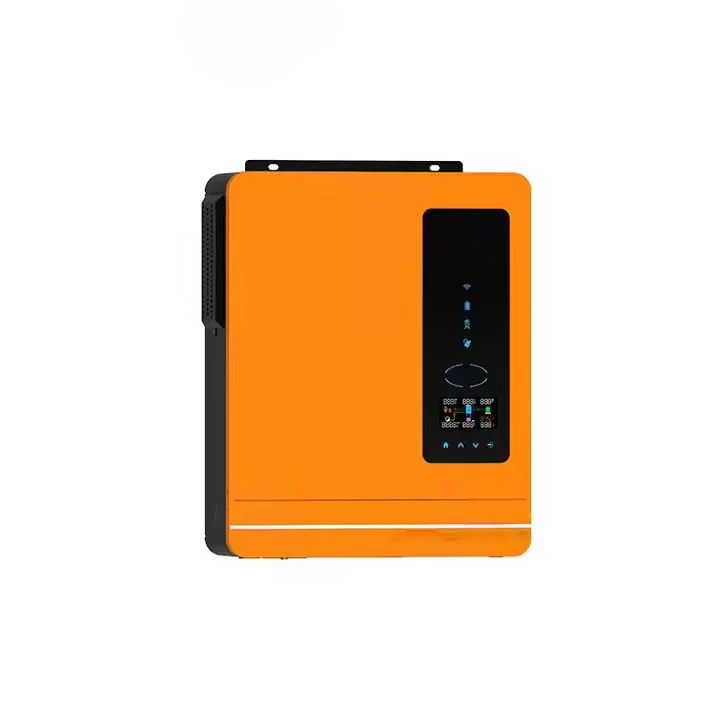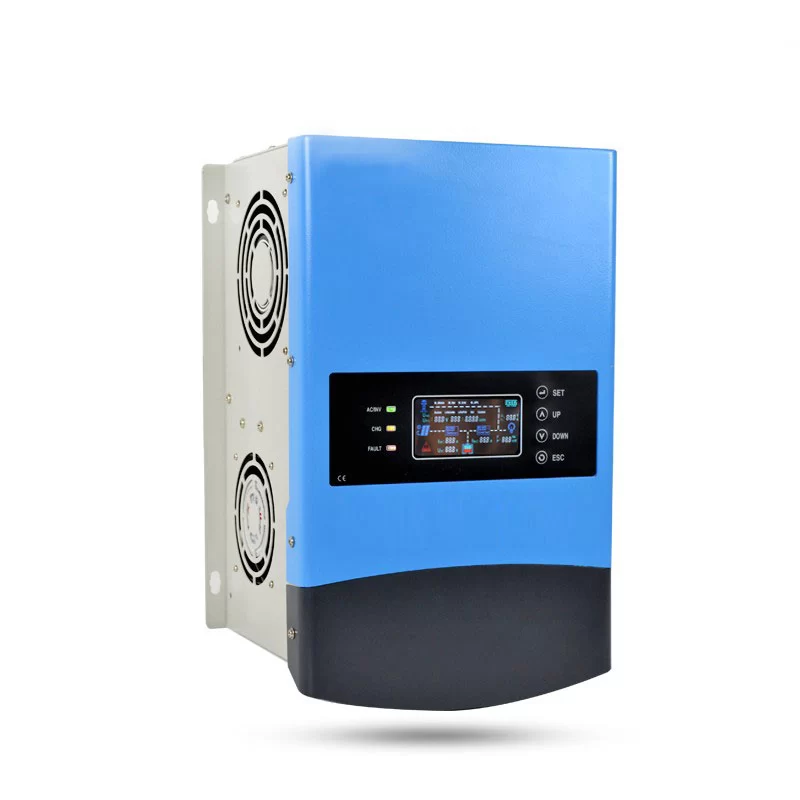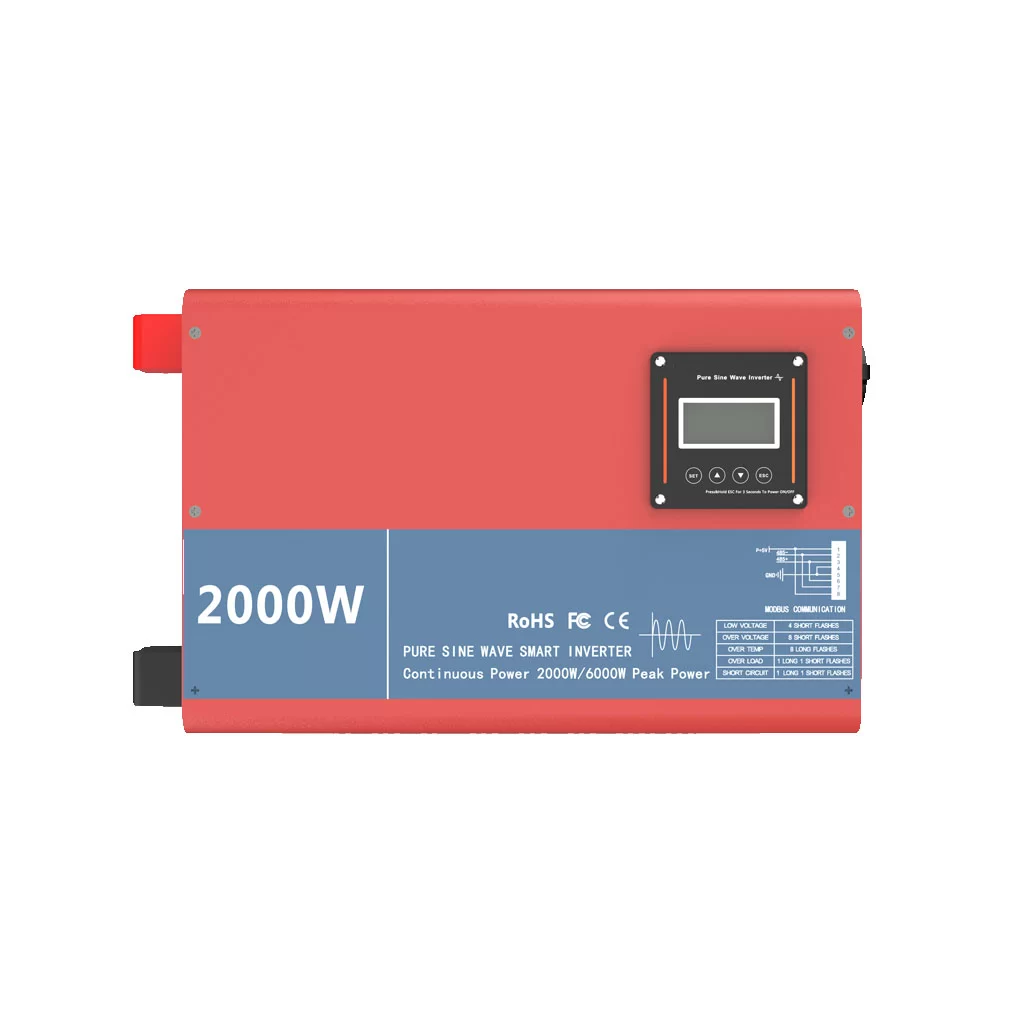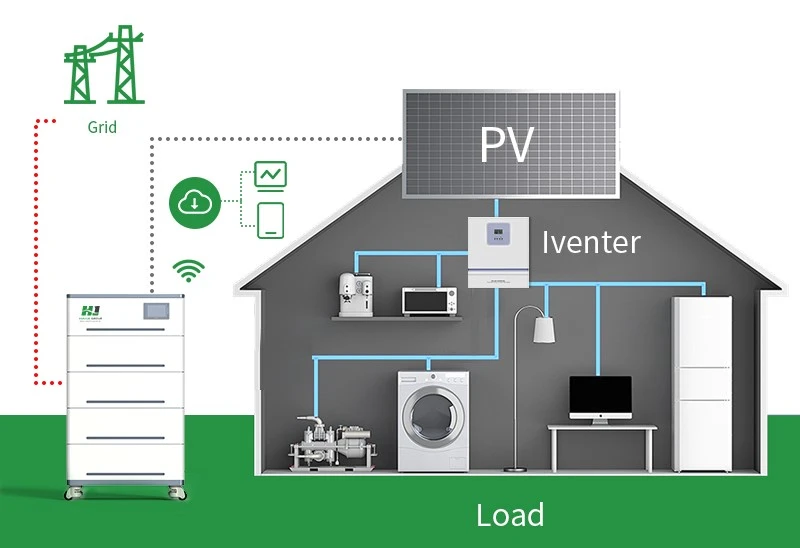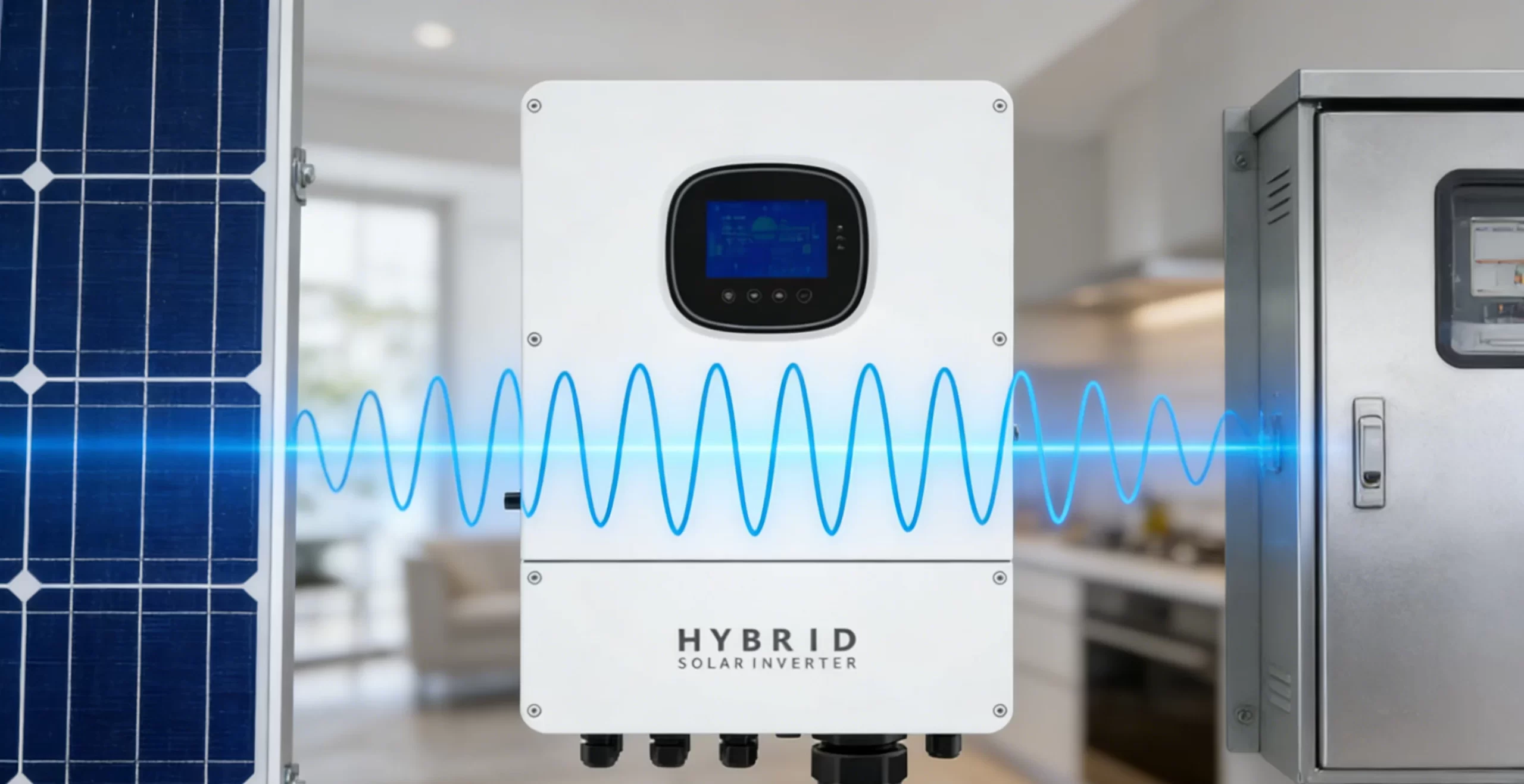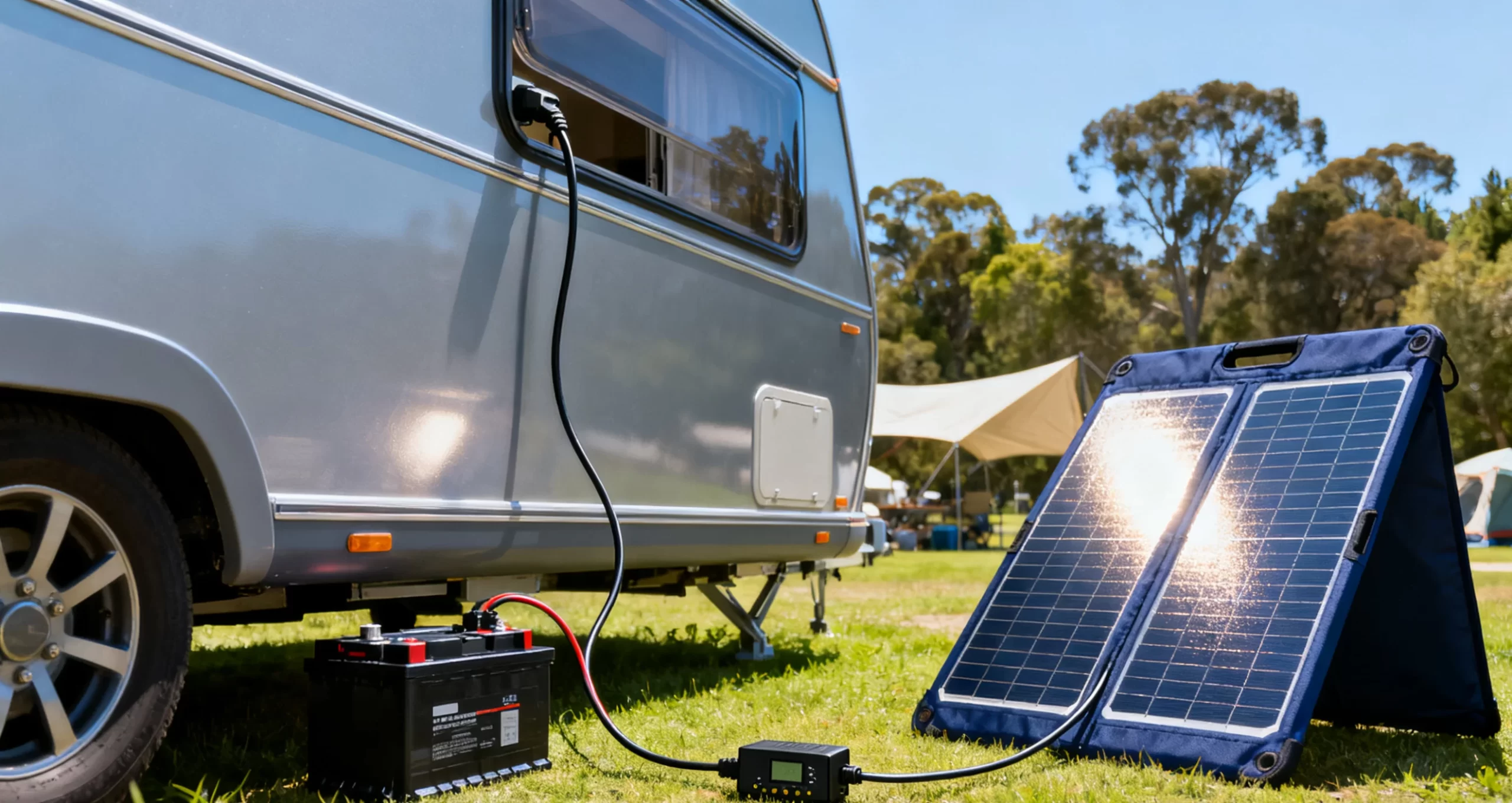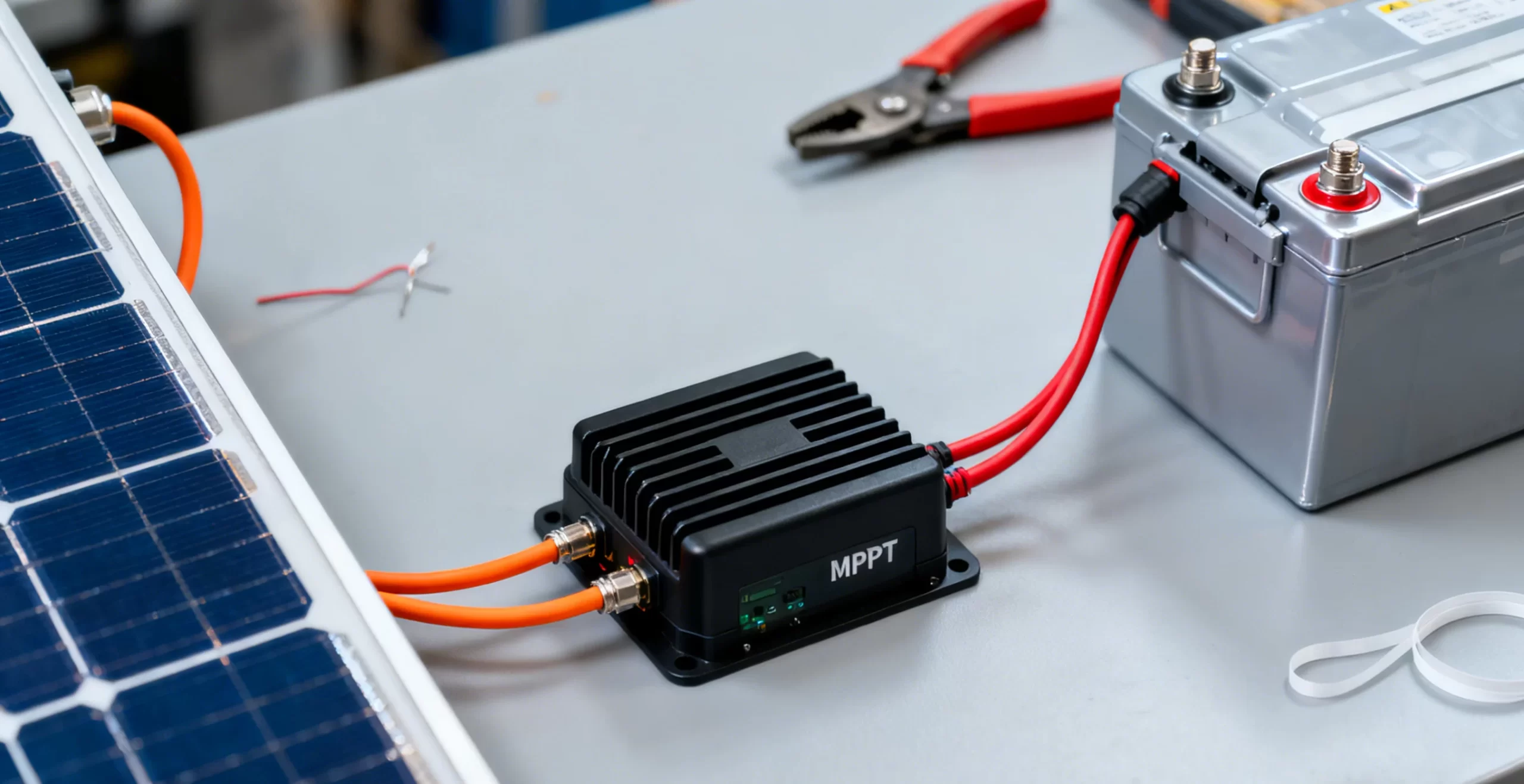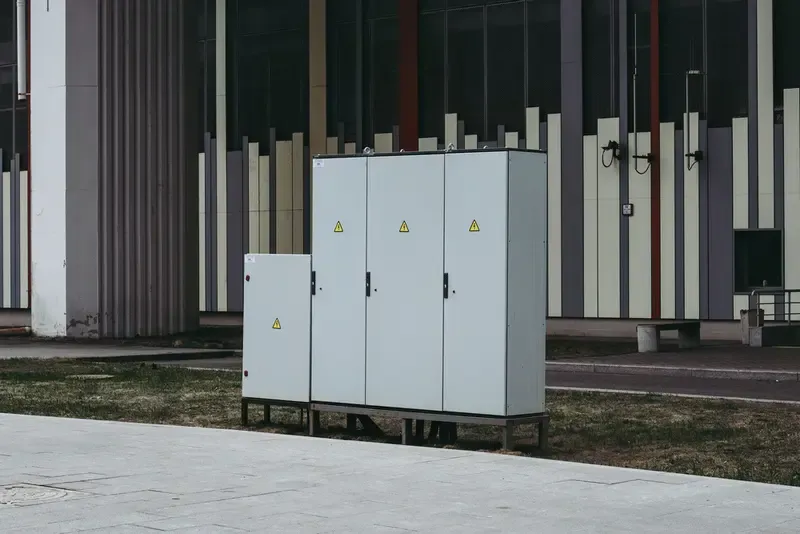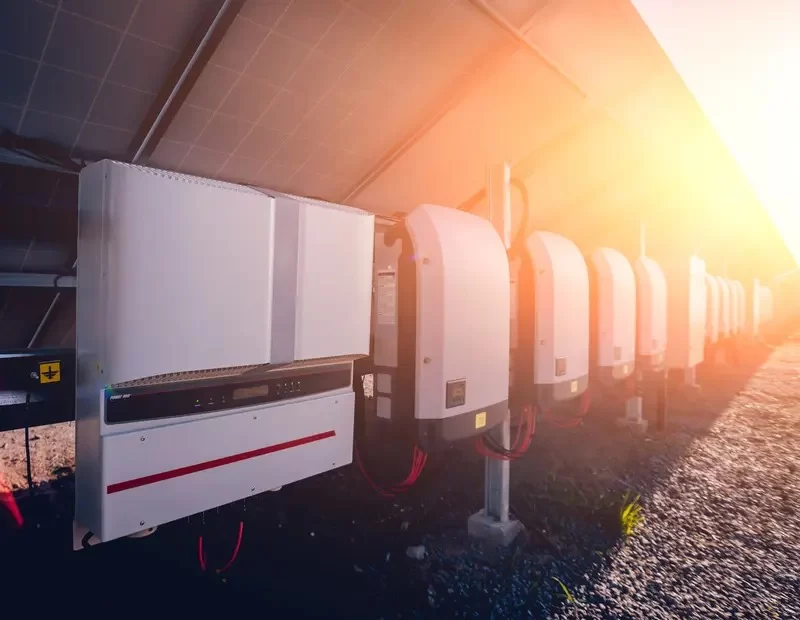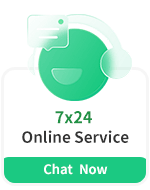- tel:+86-13651638099
- Email: [email protected]
- Official website: www.hj-net.com
- Address: 333 Fengcun Road, Fengxian District, Shanghai
Get A Quote Now!
How to connect solar panel to battery and inverter?
When contemplating the possibility of linking a solar panel directly to an inverter and battery, it’s crucial to understand the technical implications and risks associated with this approach. Here’s a closer look at why this direct connection might not be the best solution for your solar power system.
Technical Overview
Solar panels generate direct current (DC) electricity from sunlight. This electricity needs to be converted into alternating current (AC) by an inverter for use with most home appliances. Batteries, on the other hand, store DC electricity for later use. In a standard solar power system, these components are connected through intermediary devices such as charge controllers, which regulate the voltage and current to ensure safe and efficient operation.
- The Role of Charge Controllers:
Charge controllers are essential in solar power systems for several reasons:
- Voltage Regulation:Solar panels produce varying voltages depending on sunlight conditions. A charge controller ensures that the voltage is consistent and within the safe operating range for the battery and inverter.
- Prevent Overcharging:Without a charge controller, the solar panel could overcharge the battery, leading to potential damage or reduced battery lifespan.
- Protection:Charge controllers protect the battery from excessive discharge and prevent damage to the inverter from voltage spikes or irregularities.
- Risks of Direct Connection:
Connecting a solar panel directly to an inverter and battery, bypassing these essential components, can pose significant risks:
- Damage to Components:The inverter and battery might be exposed to unregulated voltage and current levels, potentially leading to component damage or system failure.
- Safety Hazards:Overcharging or incorrect voltage can create safety hazards, including fire risks and electrical shock.
- Inefficiency:The absence of proper regulation can result in inefficient energy use and reduced overall performance of the solar power system.
- Practical Considerations:
While the idea of simplifying the connection between a solar panel, inverter, and battery might seem attractive, it overlooks the critical role of charge controllers and other regulatory devices. These components are designed to ensure that each part of the system operates within its optimal range, contributing to:
- System Longevity:Properly regulated systems have a longer operational life and better reliability.
- Optimal Performance:Using charge controllers helps in maximizing the efficiency of energy conversion and storage.
Conclusion
In summary, while directly connecting a solar panel to an inverter and battery might appear to simplify the setup, it is not recommended due to the potential risks involved. To ensure the safe, efficient, and reliable operation of a solar power system, it’s essential to use charge controllers and adhere to standard practices in system design. By doing so, you can safeguard your components, optimize performance, and achieve a more durable and effective solar power system.
Discover our range of high-quality charge controllers to optimize your solar power system. Explore now!

